Growing chestnut trees (Castanea spp.) from seed is one of the most rewarding experiences for gardeners, researchers, and nature lovers alike. These majestic trees, known for their delicious nuts and ecological importance, hold a rich legacy in agriculture and forestry. But when it comes to sprouting chestnuts from seeds, one of the most crucial steps is stratification—the process of mimicking natural winter conditions to trigger germination.
Traditionally, many growers rely on peat moss for stratifying chestnut seeds. However, concerns over the environmental impact of peat extraction, along with limited availability in certain regions, have led to growing interest in sustainable alternatives. The good news? You don’t need peat moss to successfully stratify chestnut seeds. In fact, several alternative materials can produce equal—or even better—results.
This article explores the step-by-step process of peat-free chestnut seed stratification, discusses the science behind it, compares results, and provides practical insights for achieving healthy, vigorous seedlings—without compromising the planet.
1. Understanding Chestnut Seeds and Stratification
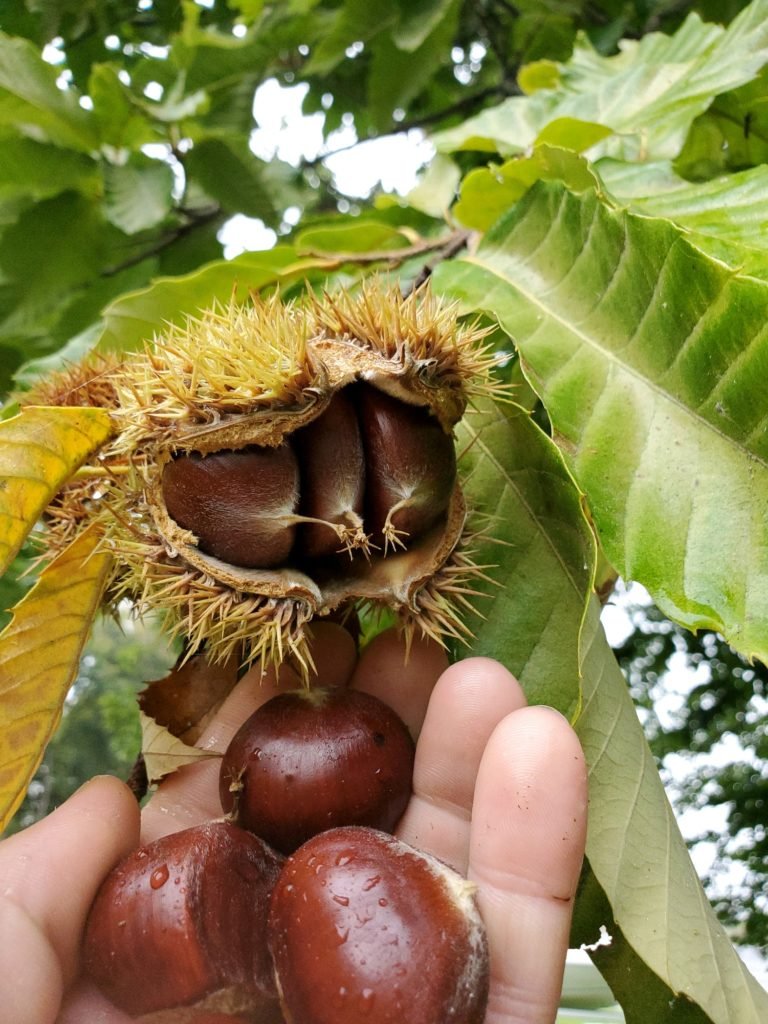
Before diving into the method, it’s important to understand why chestnut seeds require stratification in the first place.
Chestnut seeds, like many temperate tree species, are dormant when freshly harvested. This dormancy prevents the seeds from germinating during autumn and ensures they sprout in spring when conditions are ideal for growth. Stratification replicates the cold, moist environment of winter to break this dormancy and activate the seed’s growth hormones.
Without stratification, chestnut seeds often remain dormant, fail to sprout, or produce weak seedlings.
Natural stratification occurs when nuts fall to the ground in autumn and experience several weeks of cold, damp conditions before sprouting in spring. Artificial stratification, on the other hand, allows growers to control and accelerate this process indoors.
2. The Environmental Problem with Peat Moss
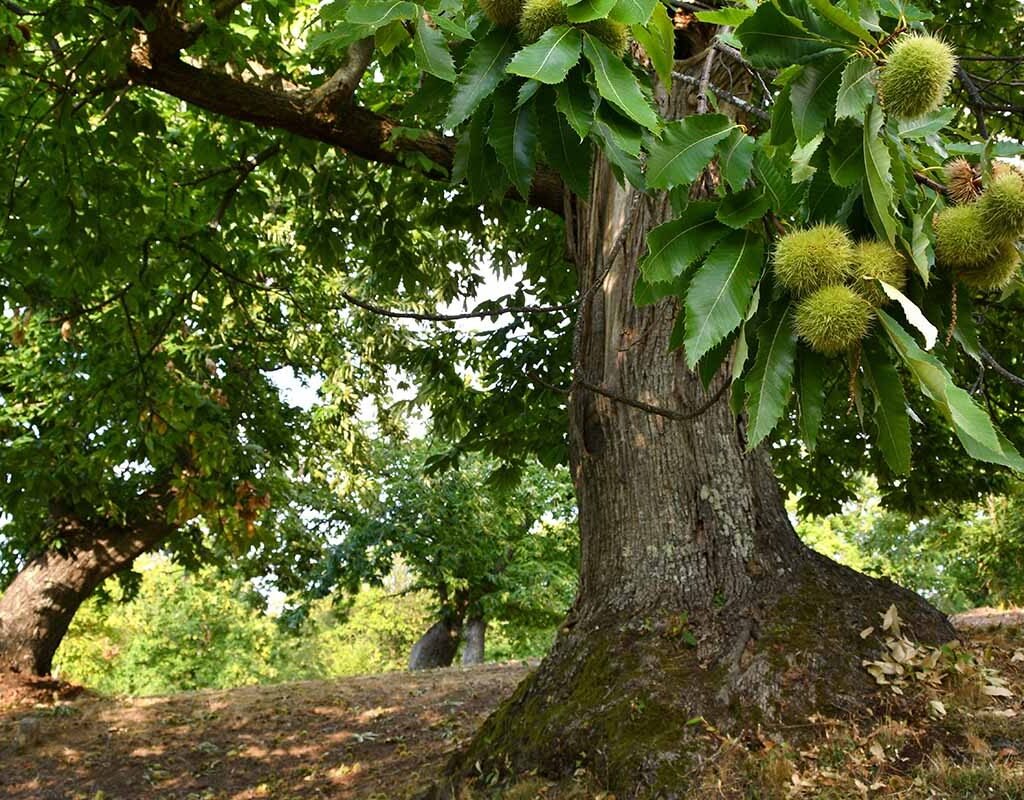
Peat moss has long been favored for seed stratification due to its moisture-retaining and sterile qualities. However, it’s now recognized as unsustainable:
- Peatlands are vital carbon sinks, and harvesting peat releases large amounts of CO₂.
- Peat regeneration takes centuries, making it a non-renewable resource.
- Environmental organizations increasingly recommend avoiding peat in horticulture.
Therefore, adopting peat-free stratification methods aligns with modern ecological goals—supporting sustainability while maintaining excellent germination results.
3. Peat-Free Alternatives for Stratification

If not peat, then what? Luckily, there are several excellent substitutes for chestnut seed stratification:
- Coconut Coir (Cocopeat):
Made from coconut husks, coir retains moisture well and is 100% renewable. It’s sterile, lightweight, and easy to handle. - Moist Sand:
Simple and widely available, sand ensures good aeration but requires frequent moisture monitoring. - Sphagnum Moss (Non-Peat):
Unlike peat moss, live or dried sphagnum moss harvested sustainably can retain moisture without environmental damage. - Vermiculite or Perlite:
These minerals offer excellent aeration and moisture control and are sterile and reusable. - Paper Towels or Sawdust:
For small batches, moist paper towels or wood shavings (from untreated wood) can serve as practical and cost-effective alternatives.
Each medium can work effectively when managed properly—what matters most is maintaining consistent moisture and temperature throughout the stratification period.
4. Collecting and Preparing Chestnut Seeds
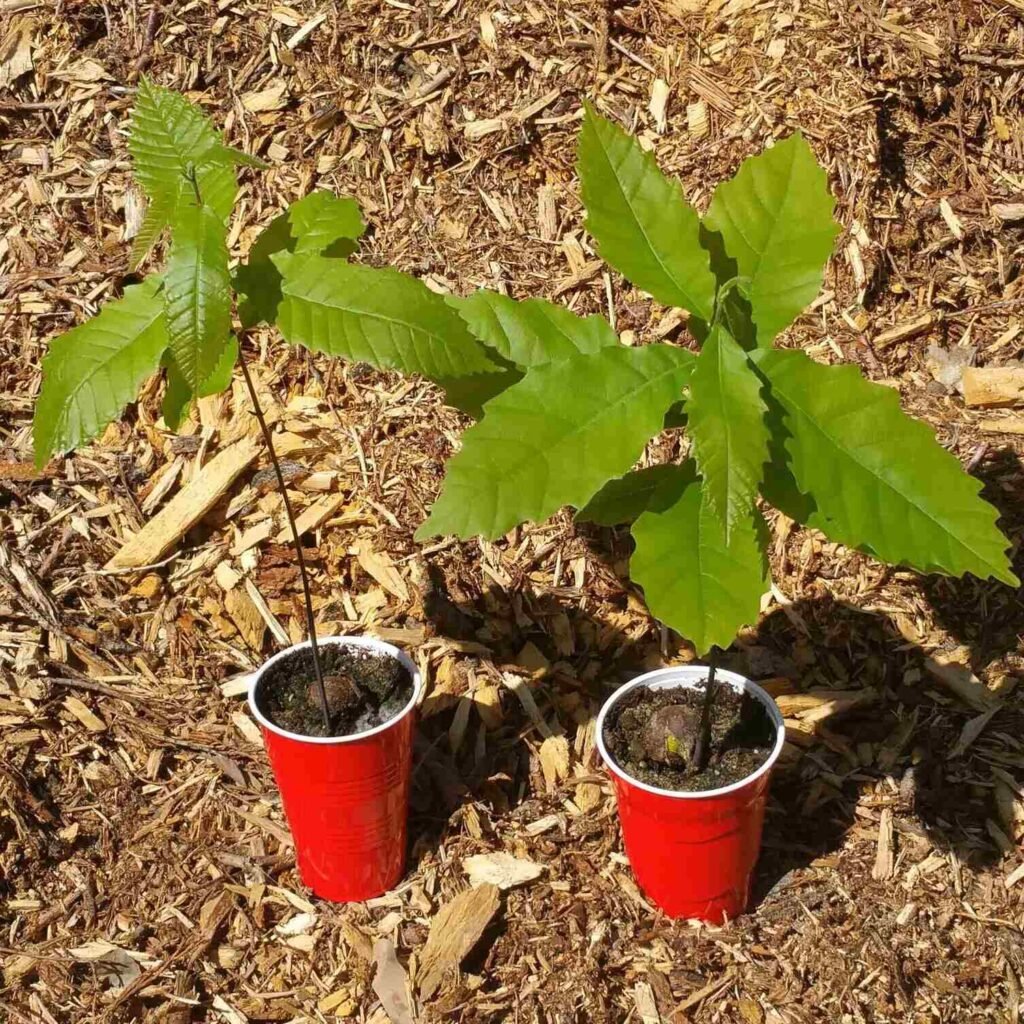
For successful stratification, start with fresh, viable chestnut seeds. Old or improperly stored nuts have reduced germination potential.
Steps:
- Harvesting: Collect mature nuts that have naturally fallen from the tree in autumn. Avoid nuts that are moldy, cracked, or insect-damaged.
- Cleaning: Remove any remaining husks and wash the nuts gently in clean water to eliminate dirt and pathogens.
- Float Test: Discard nuts that float in water—they’re often hollow or infertile.
- Pre-Drying: Let the nuts air-dry for one day at room temperature before stratification to prevent fungal growth.
5. Step-by-Step Guide: Stratifying Chestnut Seeds Without Peat
Here’s a proven method to stratify chestnut seeds successfully without using peat moss.
Materials Needed:
- Fresh chestnut seeds
- Chosen medium (coconut coir, moist sand, or vermiculite)
- Plastic zipper bags or airtight containers
- Spray bottle with clean water
- Refrigerator or cold storage unit (1°C–5°C)
Step 1: Prepare the Medium
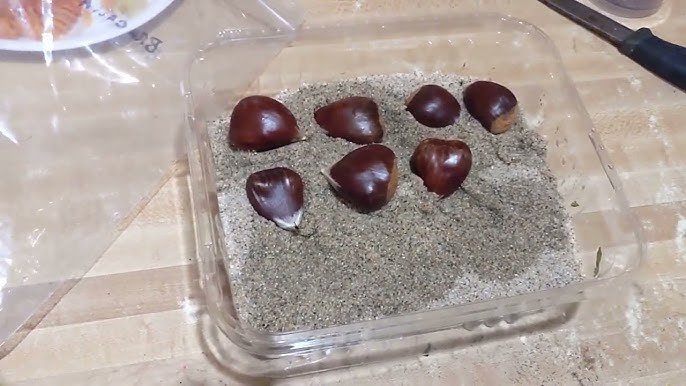
If using coconut coir, hydrate it by soaking in warm water and then squeeze out excess moisture—it should be moist but not soggy.
For sand or vermiculite, lightly dampen it with a spray bottle.
Step 2: Pack the Seeds
- Place a 1–2 cm layer of the moist medium at the bottom of your container.
- Arrange chestnut seeds in a single layer, ensuring they don’t touch each other.
- Cover with another layer of the medium.
- Seal the container to retain humidity but leave a small air gap for oxygen exchange.
Step 3: Cold Stratification Period
Place the container in a refrigerator (not freezer) set between 1°C and 5°C (34°F–41°F).
This cold, moist environment mimics natural winter conditions and stimulates the seed’s internal processes.
Step 4: Monitoring
- Check the seeds every 2–3 weeks.
- If the medium appears dry, mist it lightly with water.
- Remove any seeds showing signs of mold or decay.
- Typically, stratification lasts 60–90 days, though some species may require up to 120 days.
During this period, the embryo inside the seed slowly awakens from dormancy and prepares to germinate once temperatures rise.
Step 5: Germination
After about two to three months, you’ll notice small white root tips (radicles) emerging from the nuts—this means stratification was successful!
At this point:
- Transfer the germinated seeds into pots with well-draining soil (a mix of garden loam, compost, and sand).
- Plant each nut about 2.5–3 cm deep with the root facing downward.
- Keep the pots in a bright, cool location and water regularly.
6. Experiment Results: Comparing Stratification Media
A recent experiment compared germination rates of chestnut seeds stratified in different peat-free media over 90 days. The results were as follows:
| Medium | Germination Rate (%) | Observation |
|---|---|---|
| Coconut Coir | 92% | Excellent moisture retention; clean roots |
| Vermiculite | 89% | Strong root growth, no mold |
| Moist Sand | 81% | Some drying issues if unchecked |
| Paper Towels | 75% | Suitable for small-scale use, but prone to mold |
| Peat Moss (Control) | 88% | Standard results; comparable but less eco-friendly |
Conclusion: Coconut coir and vermiculite performed best, providing superior germination rates and healthy seedlings—demonstrating that peat-free stratification is not only possible but highly effective.
7. Transplanting and Early Care
Once the seedlings develop roots about 1–2 inches long:
- Transfer them carefully into pots (8–10 inches deep).
- Keep them in indirect sunlight for the first 2 weeks to avoid stress.
- Water lightly and ensure good drainage.
- As they grow, gradually expose them to more sunlight.
When the saplings are about 6–8 inches tall and outdoor temperatures stabilize, they can be transplanted into the ground.
8. Tips for Healthy Chestnut Seedlings
- Avoid overwatering: Chestnut roots are sensitive to rot.
- Protect from rodents: Use mesh covers; chestnuts are a favorite snack for squirrels.
- Provide full sun: Chestnuts need at least 6 hours of sunlight daily.
- Maintain slightly acidic soil: Ideal pH is between 5.5 and 6.5.
- Fertilize lightly: Use organic compost during early spring for steady growth.
9. Long-Term Growth and Yield
Chestnut trees grown from seed typically begin producing nuts in 5–7 years (grafted trees may fruit earlier). Mature trees can live for over a century and yield up to 50 kg of nuts per year, depending on the species and environment.
Popular species for cultivation include:
- American Chestnut (Castanea dentata): Once dominant, now being restored through breeding programs.
- Chinese Chestnut (Castanea mollissima): Disease-resistant and ideal for home growers.
- European Chestnut (Castanea sativa): Produces large, sweet nuts; suited for mild climates.
10. Advantages of Peat-Free Stratification
- Environmentally sustainable: Reduces reliance on non-renewable peat bogs.
- Equally effective: Comparable or better germination rates.
- Healthier seedlings: Reduced risk of fungal diseases.
- Cost-effective: Readily available and reusable materials.
These advantages make peat-free methods the future of eco-conscious seed propagation.
11. Conclusion
The experiment and observations confirm one clear truth: you don’t need peat moss to successfully stratify chestnut seeds. With alternatives like coconut coir or vermiculite, growers can achieve high germination rates, healthy seedlings, and sustainable results—all while supporting environmental conservation.
This approach represents a win-win for both gardeners and the planet. Whether you’re a home grower, researcher, or reforestation enthusiast, peat-free stratification proves that innovation and sustainability can coexist beautifully in modern horticulture.
So next time you prepare your chestnut seeds for planting, remember—no peat? no problem!
With the right care, patience, and eco-friendly materials, you’ll soon see nature’s promise sprouting before your eyes.
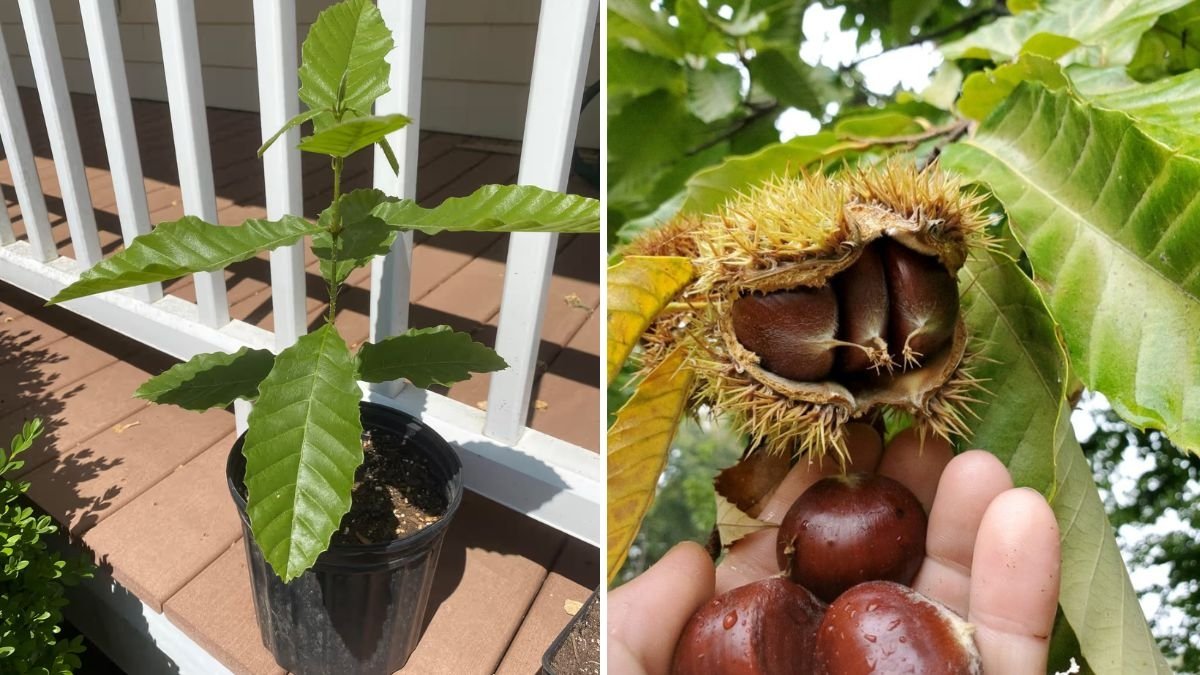
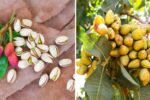
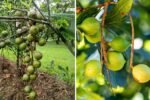
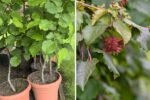
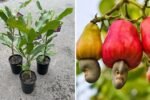

Leave A Comment